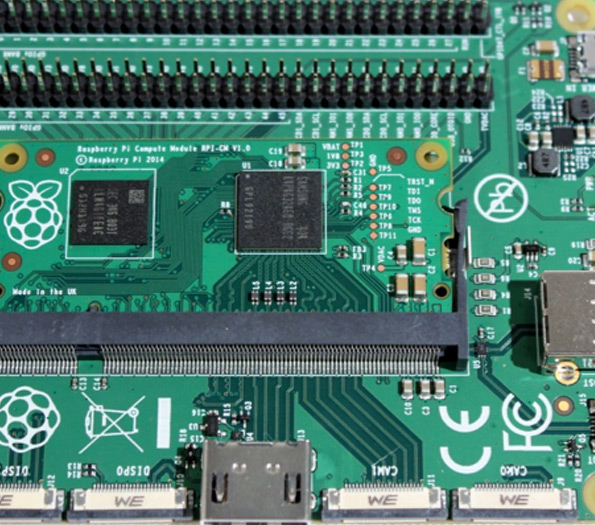

The Cost of Mirror Glass Understanding the Factors Influencing Pricing
Mirror glass, an essential component in a variety of applications, is an intriguing subject when it comes to its pricing. From home decor to automotive applications, the cost of mirror glass can vary significantly based on several factors. This article will explore the key elements that contribute to the overall cost of mirror glass, providing insights for consumers and industry professionals alike.
1. Material Quality
The type of glass used in making mirrors significantly affects the cost. High-quality glass mirrors are often made from low-iron glass, which provides a clearer and more accurate reflection compared to standard glass. Low-iron glass is more expensive to produce, resulting in higher prices for the final product. Additionally, the thickness of the glass plays a role; thicker mirrors not only cost more to manufacture but are also more durable, making them suitable for high-traffic areas or commercial use.
2. Coating and Backing
Another critical factor influencing the price of mirror glass is the coating and backing material. The reflective layer is typically made from silver or aluminum, with silver coatings generally providing better reflectivity and durability. The application process for these coatings can vary, impacting the cost. Moreover, the backing, which protects the reflective layer, is often made from materials like paint or vinyl, and the quality of these materials can further affect pricing. Mirrors designed for wet environments, such as bathrooms, may require special coatings to prevent corrosion, adding to the overall cost.
3. Design and Customization
Customization plays a vital role in determining the cost of mirror glass. Standard-sized mirrors may be more affordable due to mass production, while custom sizes or shapes often come at a premium. Additionally, features such as beveled edges, embedded LED lighting, or decorative frames can significantly increase the price. Consumers seeking unique designs or specialty mirrors tailored to specific decor needs should be prepared to invest more.

The manufacturing process itself is a significant determinant of cost. Advanced technologies, such as computer numerical control (CNC) cutting and automated coating systems, can enhance precision and efficiency, but they also involve substantial investment in machinery and technology. These costs are typically passed on to the consumer. Furthermore, environmentally-friendly production methods, which are becoming more common, can also lead to higher prices due to the use of sustainable materials and processes.
5. Market Trends and Demand
Just like any other product, market trends and consumer demand significantly influence the cost of mirror glass. During periods of high demand, prices may increase, especially for popular styles or emerging design trends. Conversely, during economic downturns, prices may stabilize or decrease as manufacturers adjust to lower demand. Seasonal trends can also play a role; for instance, more mirrors may be purchased during home renovation season or festive periods, which can lead to price fluctuations.
6. Distribution and Retail Markup
Finally, the distribution channel and retail markup should be considered when evaluating the cost of mirror glass. Buying directly from manufacturers may offer significant savings compared to purchasing from retail stores, where markups can occur due to overhead costs. Online shopping can sometimes provide better deals, as it allows consumers to compare prices across various retailers easily.
Conclusion
In conclusion, the cost of mirror glass is influenced by numerous factors, including material quality, coating and backing choices, design customization, manufacturing processes, market trends, and distribution channels. Understanding these elements can help consumers make informed decisions when purchasing mirrors, whether for personal use or business needs. As the demand for unique, high-quality mirrors continues to grow, consumers can expect corresponding changes in pricing that reflect these evolving preferences.